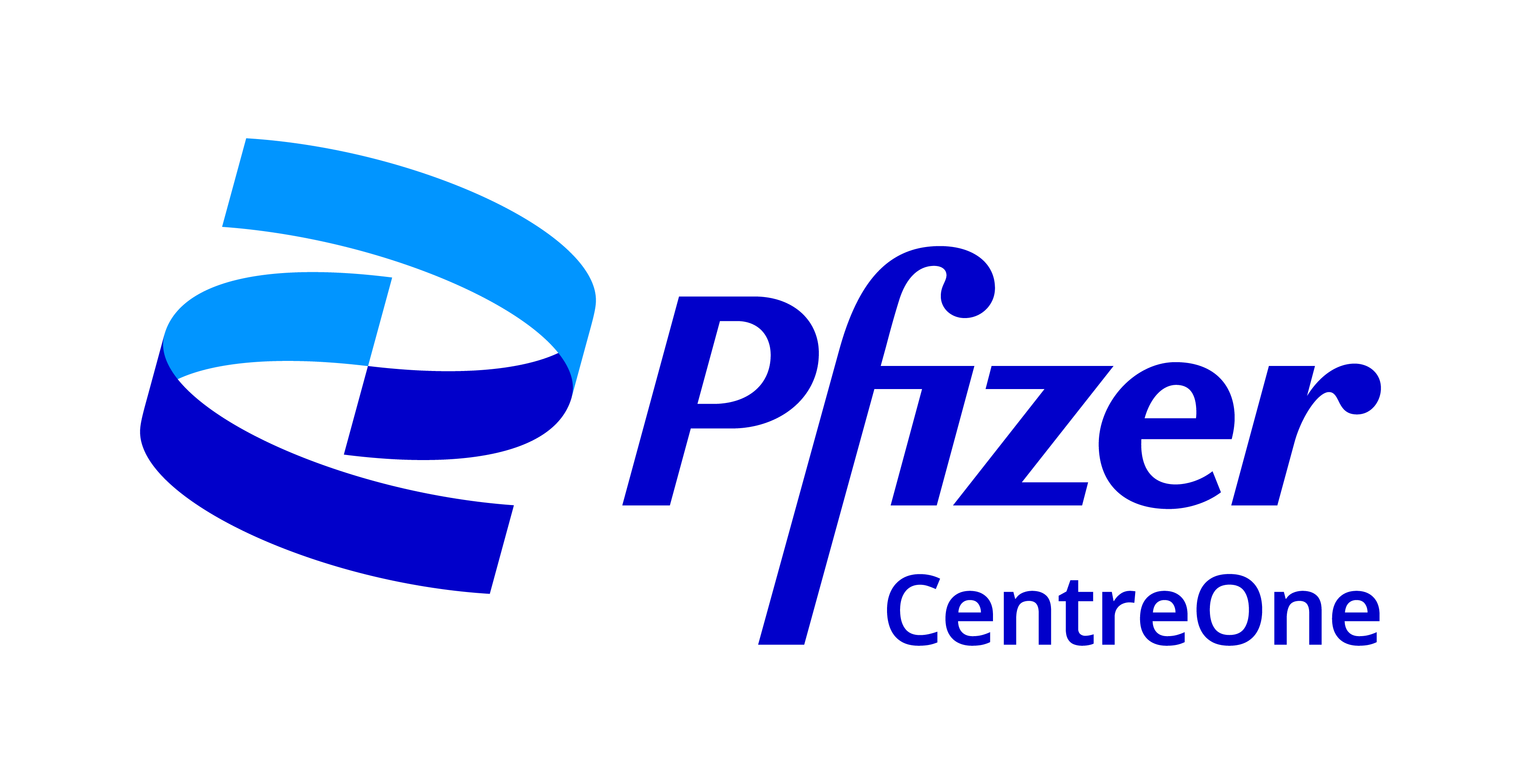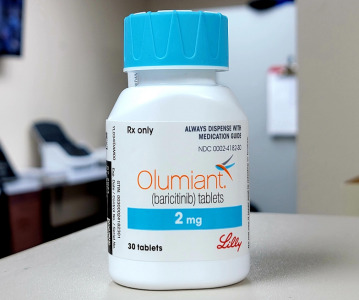Oral Solid Dose Regulatory Hurdles and How to Approach Them

In your quest to meet the regulatory requirements for your oral solids project, you may encounter significant hurdles. Anticipating these early on and thoroughly planning your approach can help. Experts in the Pfizer CentreOne global network, Gillian Miller, Process Analytical Technology and Data Analytics Lead and Beth Kendsersky, Global Regulatory Chemistry, Manufacturing and Controls (CMC) Lead, discuss common regulatory challenges and how to approach them.
My oral solid product has added complexity
Regulatory expectations are dependent on the complexity of the solid oral dosage form. Are there any novel or compendial excipients in your dosage form that require additional controls to ensure the quality and stability of the product? Is your process understood well enough to know which parameters have an impact on your product’s ability to meet its critical quality attributes, i.e. do you have an adequate control strategy? Does your dosage form have modified release characteristics? Are validated methods in place? These are just a few of the questions that should be considered to understand the potential regulatory risks for your oral dosage forms.
Good analytical method development is also central to enabling the monitoring of a product’s quality. Specifically, dissolution is a critical quality attribute for oral dosage forms and the development of a discriminating dissolution method is important. Appropriate specifications must also be in place to monitor the identity, strength, quality, purity and potency of your product throughout its life-cycle and these specifications are frequently a point to negotiate with global regulatory agencies. Specifications that are too loose risk passing batches that are not of an adequate standard while specifications that are too strict could cause the rejection of batches with acceptable quality. To address this challenge, companies and regulators are increasingly focused on what is termed clinically relevant specifications (CRS). These are specifications that take into consideration the clinical impact of variations in the critical quality attributes (CQA) and process parameters assuring a consistent product performance.
My batch has been rejected
Common reasons for batch rejections (1) include gaps in product quality, gaps in the investigation process and wider quality management issues within an organization.
To minimize the risk of any kind of rejection, it’s important to improve fundamental product quality by taking an end-to-end life-cycle approach and establishing a harmonized best practice process within your organization. Within the process itself, it’s also possible to mitigate batch rejection by thorough in-process testing, implementing process analytical technology (PAT) and designing the appropriate controls.
It’s also key to utilize a cross functional approach internally and engage with the regulatory authorities themselves to ensure a greater chance of project success. At Pfizer CentreOne we form a multi-functional team during development consisting of analytical R&D, chemical R&D, product development, commercial operations & supply and regulatory CMC members. Working together, this team can identify the risks to the program, develop a strategy to mitigate these risks and decide when to seek regulatory feedback on your strategy.
Regulatory meetings are one of the best tools to seek clarity and discuss solutions with the regulator directly. It’s important to collaborate closely with regulators from the outset of a project and reach out to discuss potential risks and issues before the marketing authorization is filed. There are also organizations within the regulatory agencies that can provide additional help if you have a complex or innovative process or complex dosage form such as FDA’s emerging technology team (ETT) .
My oral solids product is destined for multiple markets
The lack of international regulatory harmonization for drug products means that there are still different requirements globally to gain approval of your solid oral dosage form products. The key is to ensure that you know the requirements in those markets well or work with an experienced partner who does.
The regulatory requirements in major ICH countries (i.e. US, EU and Japan) are well documented but often subject to interpretation. In addition, a common hurdle for other markets globally is not being sufficiently aware of regional regulatory requirements, particularly in Africa, Middle East, Latin America or Asia Pacific markets. For example, detailed method information, final process validation data, unique formats for summary information and other ancillary GMP type documents are required in several of these markets' submissions to gain regulatory approvals.
From a logistical standpoint, you must be aware of where your product will be marketed to ensure that the dosage form can withstand the shipping requirements. Characteristics such as tablet hardness may be critical if a product is being shipped globally and shipping studies are required to assess how it is affected in transit. There may also differences in commercial trade dress (tablet size, shape, marking) in markets that will require increased quality system scrutiny.
There’s a gap in my New Drug Application (NDA filing)
Tablets and capsules account for around half of all NDAs making them the most common dosage form today (2). While there is an extensive precedent and less complexity compared to non-traditional dosage forms, the development work behind an oral solid dose product can still become a regulatory hurdle if it is insufficient.
A lack of detailed development work early on, covering issues of excipient function and molecule characteristics for example, can lead to gaps when filing your NDA. You may be working with a formulation that is fit for purpose but not perfect, which will result in an increase in the number of CMC changes after approval. This often happens for a breakthrough product when product development has been accelerated. Regardless of this, risk assessments of your product and process and the establishment of an appropriate control strategy is necessary to mitigate regulatory risks. This can be done using a quality by design (QbD) approach to develop an oral solid dose that is both robust and meets all regulatory requirements.
References:
1. MHRA GMP inspection deficiency data trend 2016; Analysis of FDA WLs from 2015-2017
2. https://www.fda.gov/drugs/new-drugs-fda-cders-new-molecular-entities-and-new-therapeutic-biological-products/novel-drug-approvals-2018
Find solutions at CPHI Barcelona
Regulatory requirements can be complex. Expert advice and insight are essential if you want to avoid obstacles and delay. At CPHI Barcelona, you'll meet experts in the field who have been there, done that. Let them talk you through the process and help drive your business forward.
Your CPHI Barcelona pass gives you access to all conference sessions, including the Quality Management track, as well as the chance to connect in-person with the global pharma supply chain from 24-26 October, at Fira Barcelona Gran Via. Browse the agenda and secure your pass today!

Related News
-
News Women in Pharma: Moving beyond discussions and into best practice at CPHI Milan
In this second CPHI Milan special of our monthly series, we cover the key takeaways from the Diversity & Wellbeing track held on October 10, 2024. -
News AstraZeneca invests in AI collaboration for cancer drug trials
The British-Swedish pharmaceutical giant is partnering with biotechnology firm Immunai Inc to increase the efficiency of some cancer drug trials. -
News Ozempic and Wegovy prices questioned as Novo Nordisk faces US Senate hearing
The CEO of Novo Nordisk was grilled during a US Senate committee hearing on September 24, 2024, in which the exorbitant prices of the Danish company’s blockbuster drugs Ozempic and Wegovy were called into question. -
News The BIOSECURE Act: implications for the pharma supply chain
On September 9, 2024, the US House of Representatives voted to pass the bill titled the BIOSECURE Act (the Act), which lists several Chinese companies in the pharmaceutical supply chain. The Act will prohibit American companies from contracting or doin... -
News On Track at CPHI Milan: Thermo Fisher Scientific Track Sponsor interview
With CPHI Milan just around the corner, we sat down with some of the sponsors for this year’s conference tracks to discuss the most pressing topics in pharma. -
News CPHI Milan Speaker Spotlight: Pharma Manufacturing and Localisation in Africa
In the run-up to CPHI Milan, we sit down with some of the experts and thought-leaders speaking at this year’s conferences. -
News US BIOSECURE Act passed by US House of Representatives
The controversial act, which has already impacted several foreign companies operating in the US, was passed by the House of Representatives on September 9, 2024. It is now headed for the US Senate before it can be signed into law by President Joe Biden... -
News Eli Lilly licenses rheumatoid arthritis manufacturing in Africa
American pharmaceutical company Eli Lilly has signed a partnership with Egyptian organisation Eva Pharma to localise manufacturing of rheumatoid arthritis treatments in Africa.
Position your company at the heart of the global Pharma industry with a CPHI Online membership
-
Your products and solutions visible to thousands of visitors within the largest Pharma marketplace
-
Generate high-quality, engaged leads for your business, all year round
-
Promote your business as the industry’s thought-leader by hosting your reports, brochures and videos within your profile
-
Your company’s profile boosted at all participating CPHI events
-
An easy-to-use platform with a detailed dashboard showing your leads and performance

.png)





